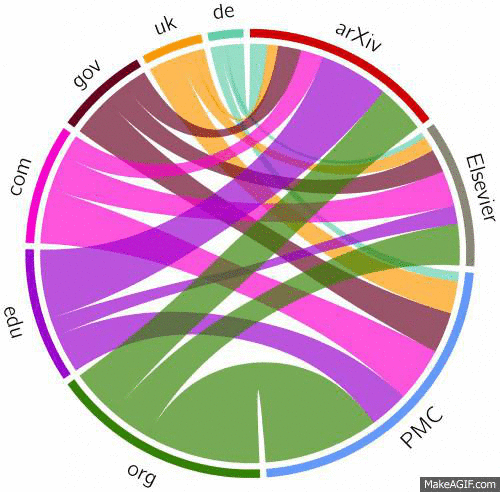Link rot–the tendency of web destinations to change URLs or to disappear completely, thereby breaking any incoming hyperlinks to them–is a phenomenon well known, if not by name, to anyone who has ever encountered a “404,” “Page not found,” or similarly perfunctory apology message online.
In recent years, the problem has actually garnered a fair amount of attention from legal scholars, who experience link rot regularly in their process of chasing those voluminous citations made throughout court opinions and scholarly journal articles. Summarizing their research into the topic, Harvard’s Jonathan Zittrain, Lawrence Lessig, and Kendra Albert reported in 2013:
We found that half of the links in all Supreme Court opinions no longer work. And more than 70% of the links in such journals as the Harvard Law Review (in that case measured from 1999 to 2012), currently don’t work. As time passes, the number of non-working links increases.
To its credit, the legal scholarship community has responded by investing no small amount of its time into raising awareness and its infrastructure into incrementally fixing the problem. Discussions like those at last fall’s 404/File Not Found symposium at Georgetown Law, and technological solutions like the multi-institutional Perma.cc project, keep scholars and technologists moving together and in the right direction: towards archiving web content with trusted partners in order to ensure its future accessibility.
Without that kind accessibility ensured, a gap consistently widens in the online model for scholarly communication–one already wide enough to consume other fields of study.
Such is the finding of a study published in PLOS ONE just last month; Klein et al’s “Scholarly context not found: One in five articles suffers from reference rot” alerts scholars and librarians of science, technology, and medicine (STM) to the ever-expanding rot that threatens their concurrent efforts to expand their respective discourses. The authors–partners in the UK/USA Hiberlink collaboration–”scraped” the links from citations among millions of STM articles in order to determine how many had rotted and where if anywhere they could be found among scholarly publications’ web archives. And if anything, their article title downplays seriousness of the situation with a safely conservative estimate; by merely ignoring those articles in their study that are “immune” because they contain no actual hyperlinks in their citations, the rate of articles stricken by reference rot jumps from 1-in-5 to 7-in-10!
Thinking about how NYARC might extend awareness of this issue to the publishers of art historical scholarship, artists’ ebooks, and catalogues raisonnés, I was especially interested in the way in which Klein et al visualized their findings. Consider, for example, this economic expression of citations from three scholarly STM corpora (on the right arc of the circle) in terms of their sheer volume (tangent thickness) and the web domain types to which they link (on the left), before and after the citations for which no archived instances within a 14-day window of their reference dates are highlighted (in gray):
That’s a pretty efficient way to express just how much of the scholarly communication in contemporary online publishing is lost to rot. Still, I kind of prefer the strategy that artist Sarah Jacobs presciently used back in 2010 (ages ago!) to pair the scale of the problem with the comparatively helpless language associated with it.
Jacobs’s project, Apology Typology: An Internet Refrain (Pro tip: download the PDF and hover over the comment fields to get the full effect!) documents the myriad rotten links in the journal Nature’s 2004 article, “The sequence and analysis of duplication-rich human chromosome 16,” by way of the language that each rotten link’s destination uses to inform the browser that what they seek cannot be found. There are, she demonstrates, myriad ways that we make this “nonchalant expression of regret” over critical failures of scholarly communication.
I wouldn’t mind curating my own little 404 collection. After all, what have you ever seen on the web that elicits a more emotional reaction?



